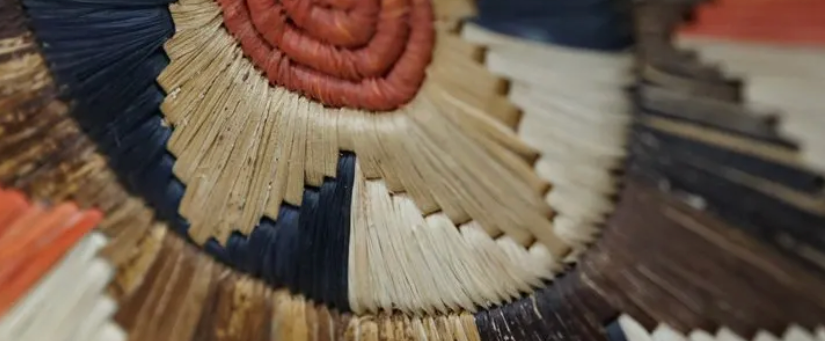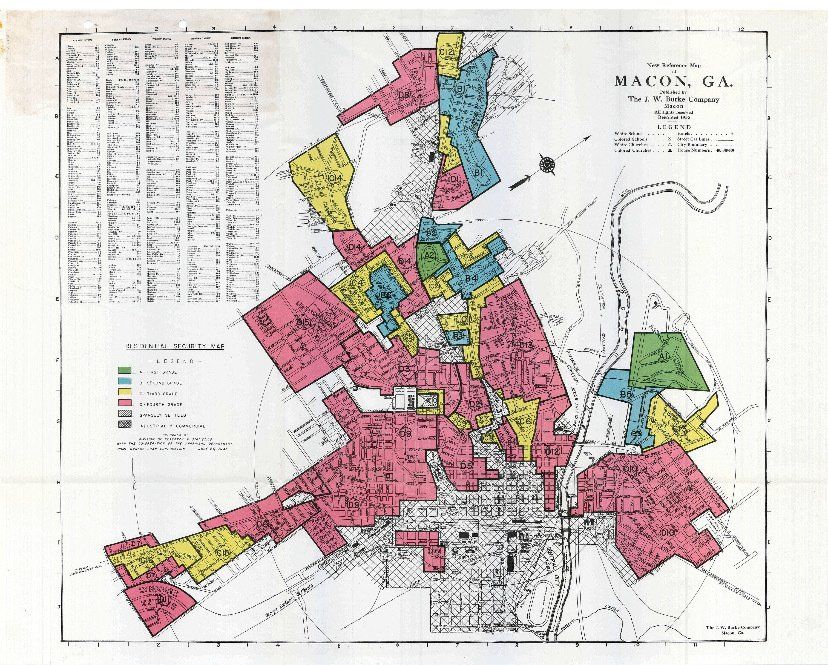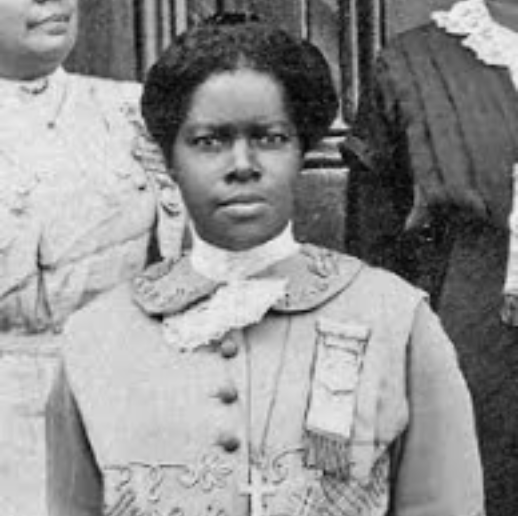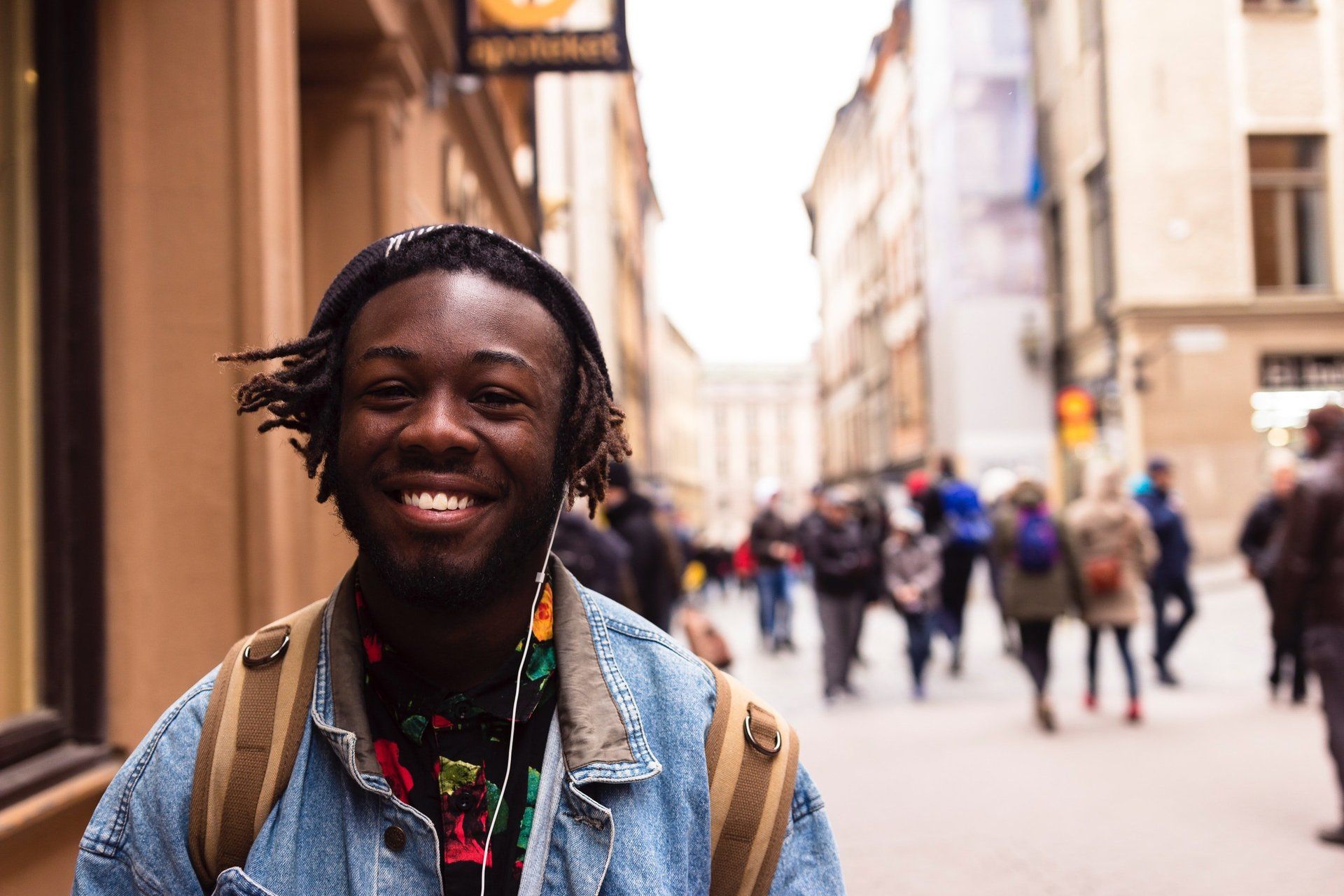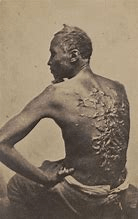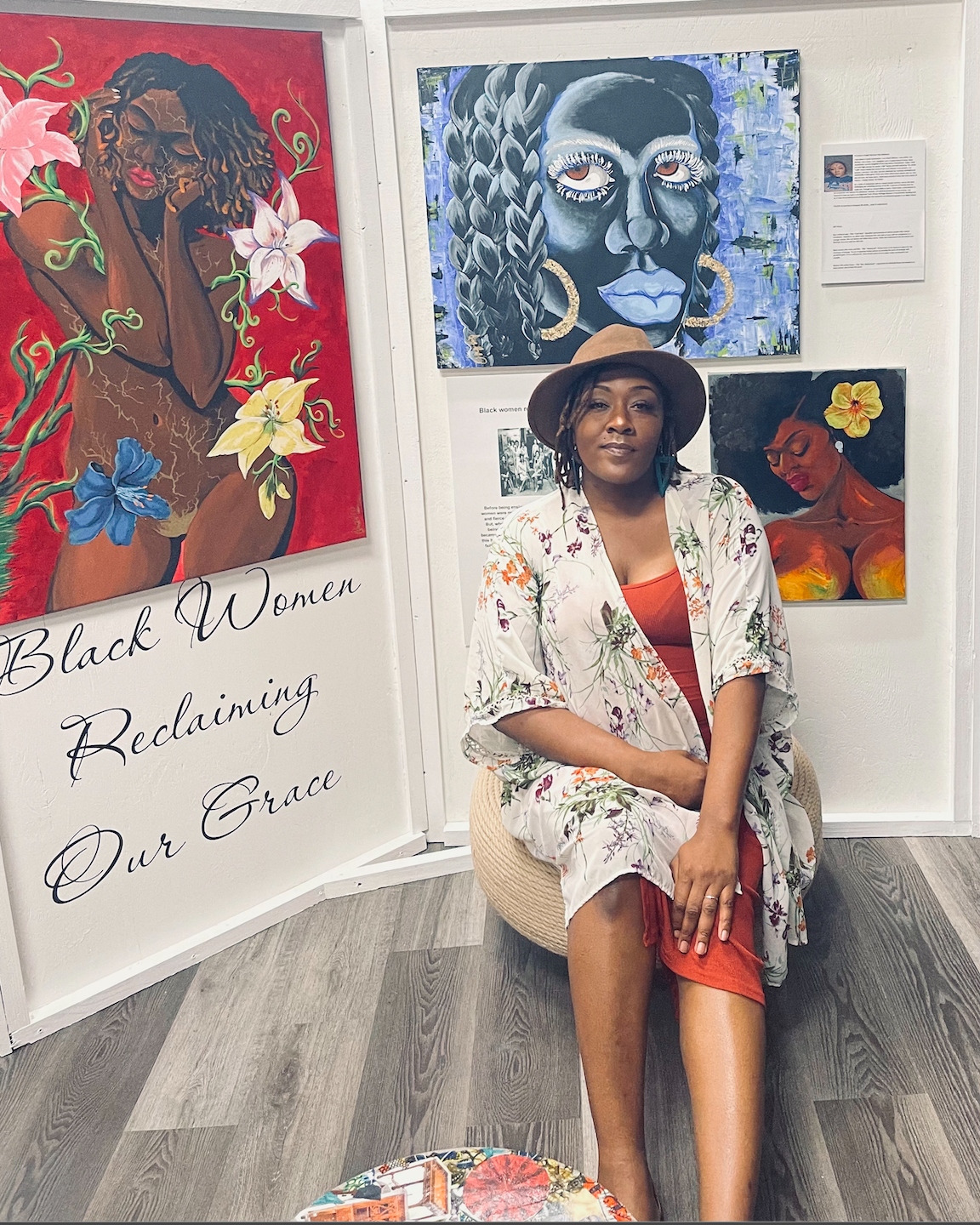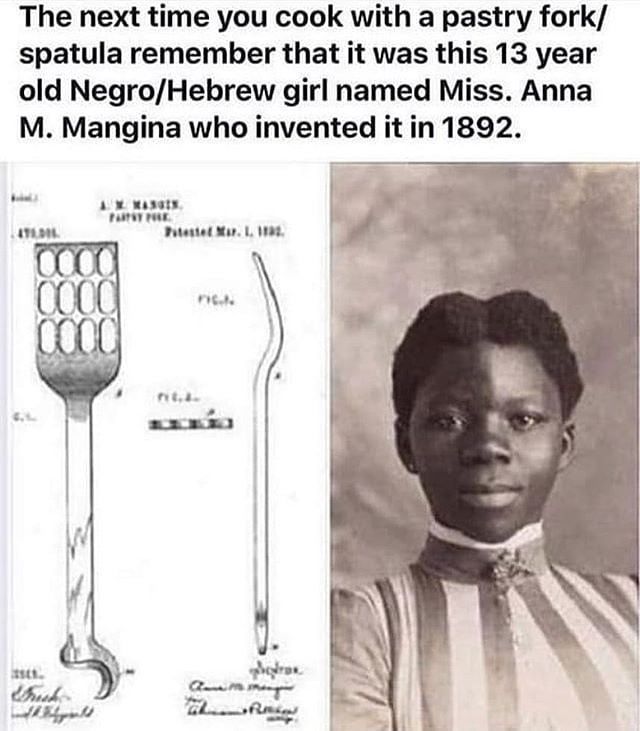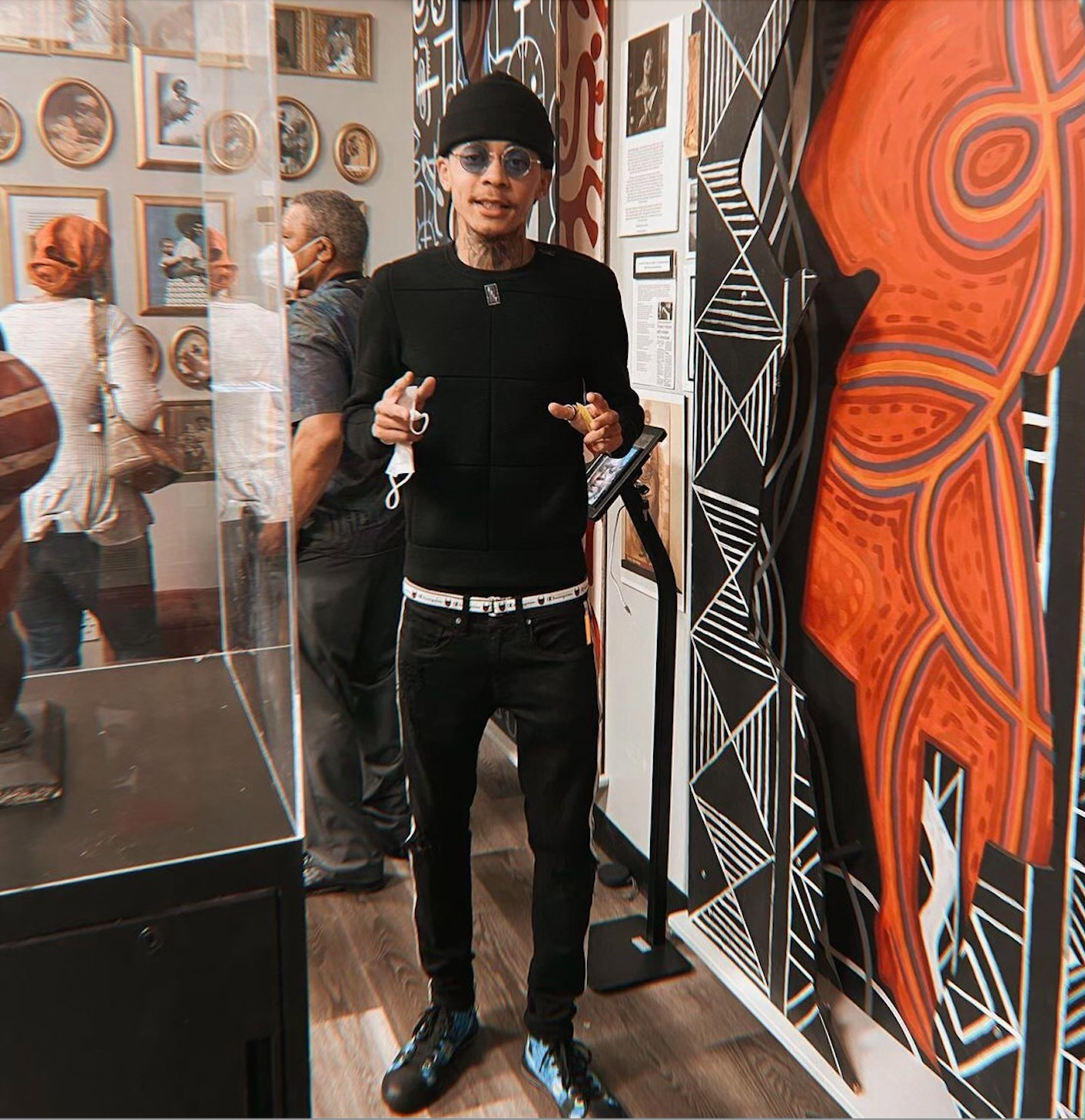Second Phase: New Expansion
Black Friday: 5th Annual Shop
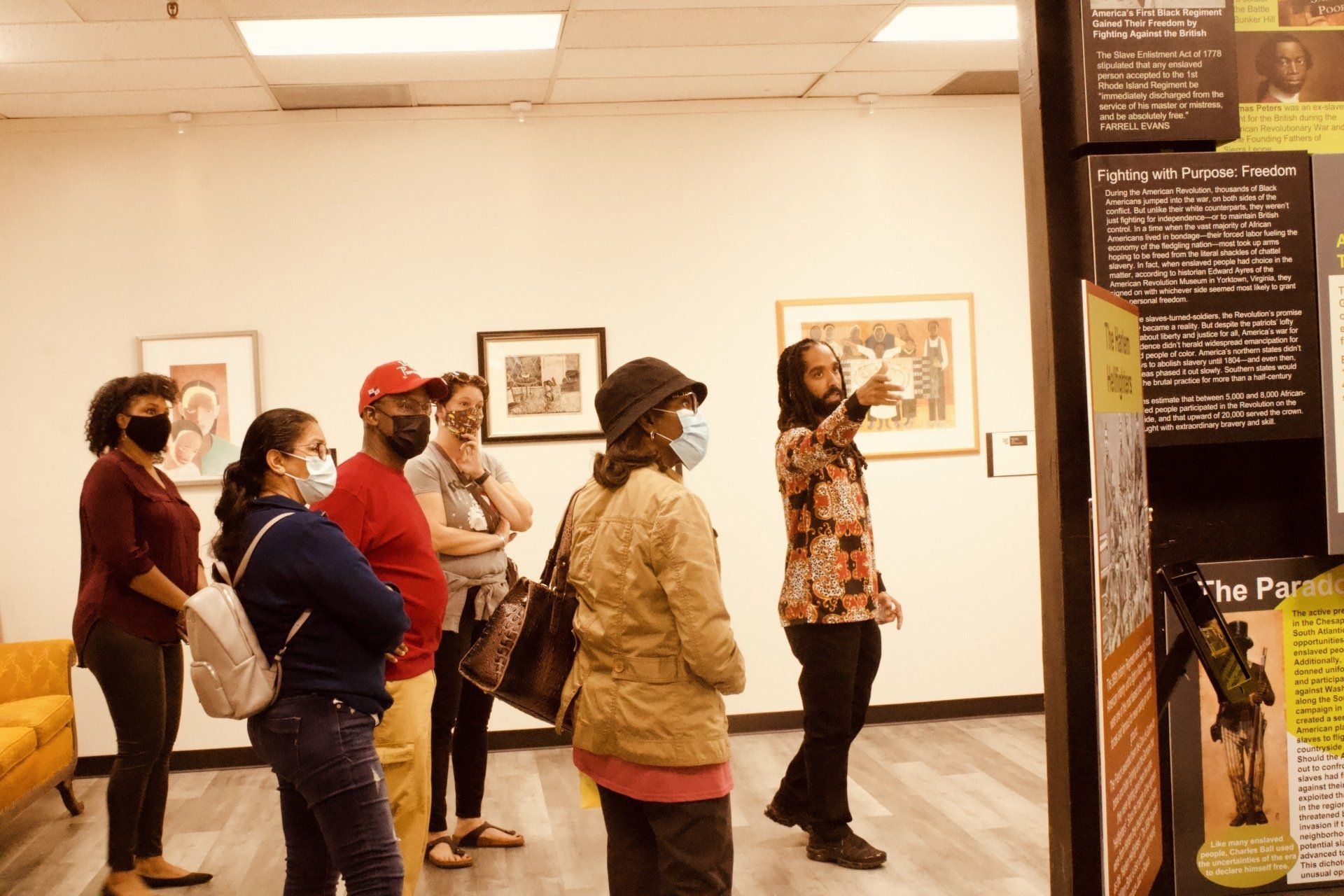
This past weekend Sojourner Truth African Heritage Museum partnered with Florin Square to be part of their Black Friday: 5th Annual Shop.
We celebrated our new museum expansion of African Americans in exploration, folklore, science, military, and sports. We also premiered our new galleries dedicated to our fallen sister Dana Maeshia and the godmother of art Dr. Samella Lewis. With guest speakers: Sharifa Walker, Miss Sherkiri, Felicia Armelin, Unity Lewis, and Shonna McDaniels and guest performer Sabrina Hocker.
Earlier this year our very good friend and supporter, Dana Maeshia, passed away from COVID which left many heartbroken. The Dana Maeshia Wall Library & Media Station was created as a way to help keep her memory alive and continue to pass along her message to the community. Dana was a big advocate of black literature, owning her own bookstore 'All Things Literacy: Books and More' located at Florin Square. One of her favorite sayings being "Let's Keep It Lit For Literacy".
We want to be able to give back to the community in honor of Dana, so with our wall library we have donated books people can come and read. Our media station offers donated computers and a printer which is available for free use. Also once a month we have a resource vendor who comes out to give away free books.
The Dr. Samella Lewis Gallery exhibition was graciously loaned to us by her grandson and curator Unity Lewis. The exhibition will go until the end of February however, the gallery will remain named after her permanently.
"Samella Lewis wrote two books in 1969 and 1971 with friend Ruth Waddy titled 'Black Artists on Art'. ‘Black Artists on Art’ is the first time you have black artists around the country getting together and talking about their art in their own words. It's the first compilation book of black art. They felt it was important to do that because the historians at the time weren't documenting black art and who better to talk about it than the artists themselves.
The intent behind the books was to give African Americans who weren't allowed in museums and certain places cheaper access to the art. You can pick up a book and it has a whole museum in it.
This show in particular consists of all the artists from the first two volumes of Black Artists on Art. Work from artists like Jacob Lawrence and Elizabeth Catlett who were already big names at the time that the book came out and contributed to the book to make it what it is, to make it popular, to give it the notoriety. Then you have artists who came out of that book and blew up after the book came out like Benny Andrews, and I would even say Ruth Waddy as well.
All these people contributed to the book in their own way."
-Unity Lewis
We couldn’t have asked for a better turnout celebrating such important figures in our lives personally and in the lives of African Americans. We want to thank each and every one that came out and for all of your amazing feedback.
Now we continue on, moving into phase 3!
